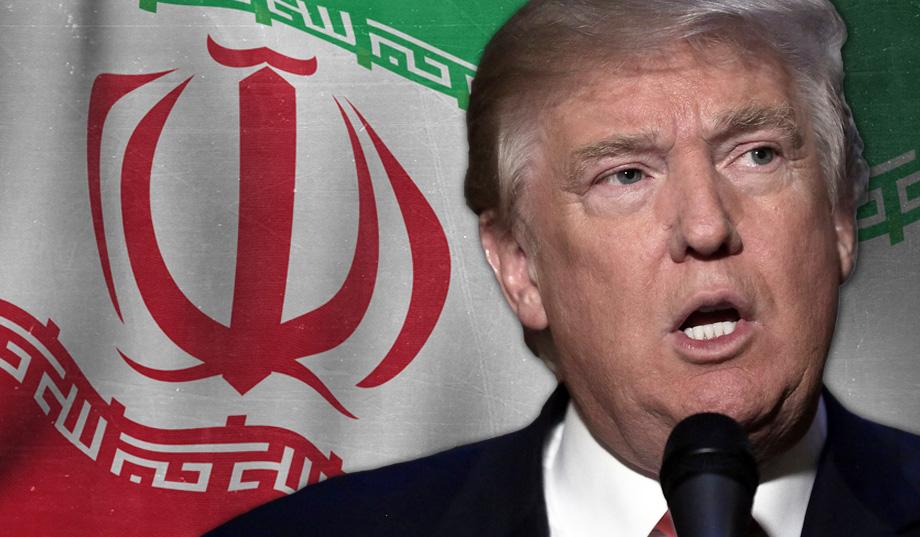While the U.S. media is busy weeping over the defeat of ISIS in Syria, the slow death of Kurdistan, and the inevitable victory of the Syrian government over Western-backed proxies, one story that has remained quiet at least in terms of its possible significance is the fact that the United States is giving the go ahead for around 3,500 troops to be moved into Afghanistan under the guise of fighting terrorism and helping stabilize the situation on the ground.
Back in September, Secretary of Defense James Mattis announced that “he had signed deployment orders for some of the troops but would not make an announcement on the specific numbers until after he briefed Congress.”
The 3,500 troops would bring the number of U.S. troops in Afghanistan to around 14,000 according to official numbers.
In August, President Trump gave a speech in which he seemed to indicate the indefinite continuation of the war in Afghanistan, against his own instincts to pull out, stating that “conditions on the ground — not arbitrary timetables” would determine the end of the war.
Yet, while Americans debate (or not) the merits of remaining in Afghanistan, there remains a question that few have even entertained – that perhaps the real reason for the troop increase has more to do with Iran than Afghanistan.
After weeks of incessant threats to “tear up the Iran deal” by Trump and the neo-cons surrounding him, it is very possible that the troops being placed in Afghanistan are merely being placed there strategically. It is, in effect, a cleverly disguised troop buildup surrounding Iran. These troops can then be called up on if a strike is ordered or the Israelis attack drawing the United States in.
With American troops in Afghanistan to Iran’s east and in Iraq to its west as well as a hostile GCC contingent, Iran will find itself virtually surrounding by American or American-allied forces in the event of a physical military confrontation.
As I have argued from the very beginning of the US-Iran nuclear talks that the diplomacy taking place was nothing more than theatre to be used later in the rush to war as evidence that the US did “everything in its power” to avoid confrontation. While the future is impossible to predict, one might reasonably believe that the US will soon sabotage the nuclear deal and bring on a bigger confrontation with Iran.
Indeed, there is the distinct likelihood that the US will soon attempt to implement some egregious demand and condition upon Iran that the Iranians will be unable to accept, thus ending the nuclear talks. Another possibility is that the US will claim that the Iranians are in violation of some minuscule and vague rule, causing them to be in violation of the deal and subsequently causing the deal to fall apart. Or they could simply doing what is being drummed up now; claims that the Iran nuclear deal was “horrible” for America, rip it up, and demand a new deal with more stringent prohibitions. Any violation or disruption of the nuclear deal, of course, will then be used by the US, NATO, and Israel to justify military action against Iran.
 The plan for a Western or a Western/Israeli attack on Iran, along with the theatre of alleged US-Israeli tensions under the Obama administration leading up to a strike and outright war, has been in the works for some time. For instance, in 2009, the Brookings Institution, a major banking, corporate, and military-industrial firm, released a report entitled “Which Path To Persia? Options For A New American Strategy For Iran,” in which the authors mapped out a plan which leaves no doubt as to the ultimate desire from the Western financier, corporate, and governing classes.
The plan for a Western or a Western/Israeli attack on Iran, along with the theatre of alleged US-Israeli tensions under the Obama administration leading up to a strike and outright war, has been in the works for some time. For instance, in 2009, the Brookings Institution, a major banking, corporate, and military-industrial firm, released a report entitled “Which Path To Persia? Options For A New American Strategy For Iran,” in which the authors mapped out a plan which leaves no doubt as to the ultimate desire from the Western financier, corporate, and governing classes.
The plan involves the description of a number of ways the Western oligarchy would be able to destroy Iran including outright military invasion and occupation. However, the report attempts to outline a number of methods that might possibly be implemented before direct military invasion would be necessary. The plan included attempting to foment destabilization inside Iran via the color revolution apparatus, violent unrest, proxy terrorism, and “limited airstrikes” conducted by the US, Israel or both.
Interestingly enough, the report states that any action taken against Iran must be done after the idea that Iran has rejected a fair and generous offer by the West has been disseminated throughout the general public. The report reads,
…any military operation against Iran will likely be very unpopular around the world and require the proper international context— both to ensure the logistical support the operation would require and to minimize the blowback from it. The best way to minimize international opprobrium and maximize support (however, grudging or covert) is to strike only when there is a widespread conviction that the Iranians were given but then rejected a superb offer—one so good that only a regime determined to acquire nuclear weapons and acquire them for the wrong reasons would turn it down. Under those circumstances, the United States (or Israel) could portray its operations as taken in sorrow, not anger, and at least some in the international community would conclude that the Iranians “brought it on themselves” by refusing a very good deal.
Ironically, it is admitted by the authors of the report that the Iranians are not governed by lunatics intent on nuking the world but by entirely rational players. Still, they move forward with a number of options for attacking Iran. It should thus be obvious to anyone reading this report that the US, NATO, and Israel are uninterested in peace with Iran and are entirely focused on war and Iranian destruction.
The report continues to discuss the citations that could be used for an attack on Iran, clearly stating its intentions to create a plan to goad a non-threatening nation into war. It states,
The truth is that these all would be challenging cases to make. For that reason, it would be far more preferable if the United States could cite an Iranian provocation as justification for the airstrikes before launching them. Clearly, the more outrageous, the more deadly, and the more unprovoked the Iranian action, the better off the United States would be. Of course, it would be very difficult for the United States to goad Iran into such a provocation without the rest of the world recognizing this game, which would then undermine it. (One method that would have some possibility of success would be to ratchet up covert regime change efforts in the hope that Tehran would retaliate overtly, or even semi-overtly, which could then be portrayed as an unprovoked act of Iranian aggression.)
The question of the Israeli role in the possible attack against Iran is also mentioned by Brookings. In fact, in the chapter entitled, “Allowing or Encouraging An Israeli Military Strike,” Brookings not only outlines a potential strategy but essentially admits that the US-Israeli tension hyped in the Western media during the Obama administration was nothing more than a farce. It says,
…the most salient advantage this option has over that of an American air campaign is the possibility that Israel alone would be blamed for the attack. If this proves true, then the United States might not have to deal with Iranian retaliation or the diplomatic backlash that would accompany an American military operation against Iran. It could allow Washington to have its cake (delay Iran’s acquisition of a nuclear weapon) and eat it, too (avoid undermining many other U.S. regional diplomatic initiatives).
While the West has seemingly lost in Syria, it is apparently moving ahead with its attempts to destroy Iran before heading on before its ultimate goal of breaking up Russia. Although it has survived the Western onslaught, Syria has been significantly weakened economically and a massive toll has been exacted from its military. The neo-cons in the U.S. establishment are now working hard to provoke a confrontation with Iran which itself may lead to World War Three sooner rather than later if allowed to move forward.
Brandon Turbeville – article archive here – is the author of seven books, Codex Alimentarius — The End of Health Freedom, 7 Real Conspiracies, Five Sense Solutions and Dispatches From a Dissident, volume 1 and volume 2, The Road to Damascus: The Anglo-American Assault on Syria, The Difference it Makes: 36 Reasons Why Hillary Clinton Should Never Be President, and Resisting The Empire: The Plan To Destroy Syria And How The Future Of The World Depends On The Outcome. Turbeville has published over 1000 articles on a wide variety of subjects including health, economics, government corruption, and civil liberties. Brandon Turbeville’s radio show Truth on The Tracks can be found every Monday night 9 pm EST at UCYTV. His website is BrandonTurbeville.com He is available for radio and TV interviews. Please contact activistpost (at) gmail.com.
This article may be freely shared in part or in full with author attribution and source link.


What a joke! You useless yanks have FAILED for 16 years… yesterday and day before more of your gay troops were killed in Afghanistan, HooHa! You will fail again, and again… you must be so tired of losing everywhere your scum military goes..